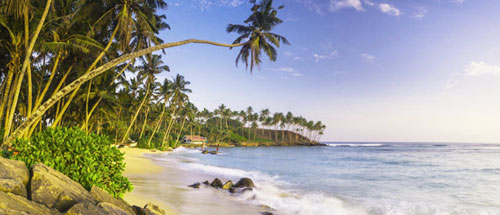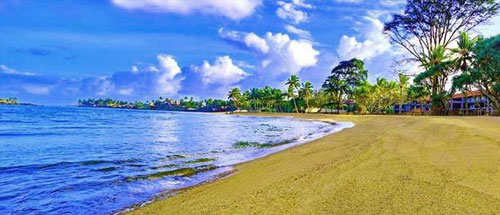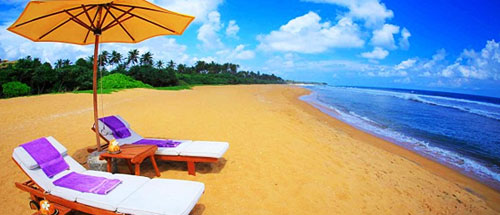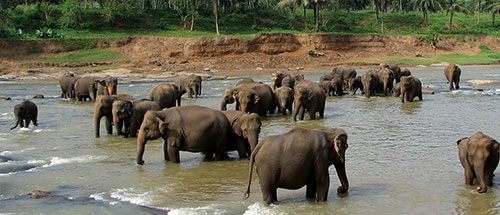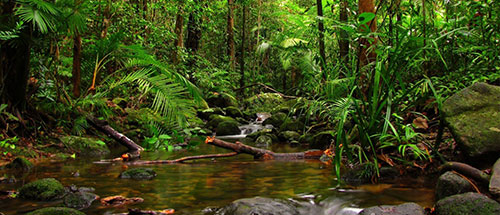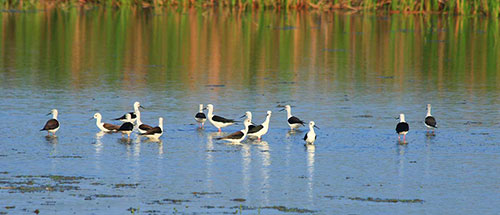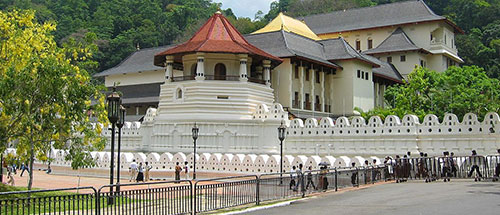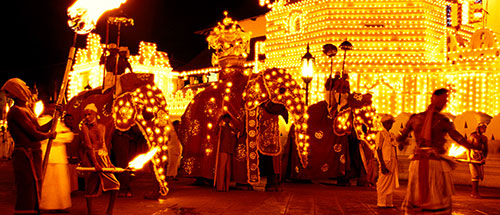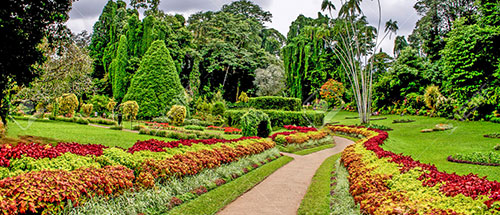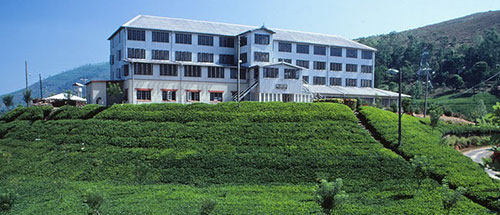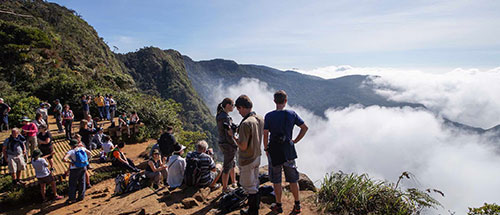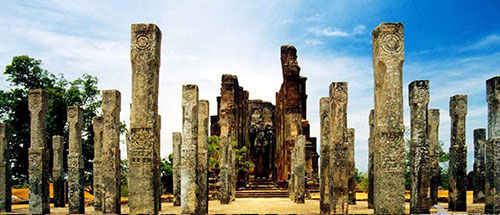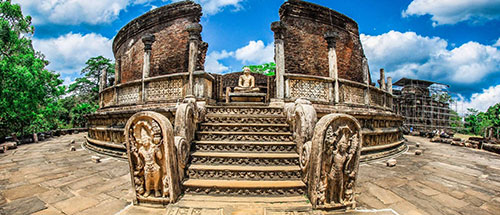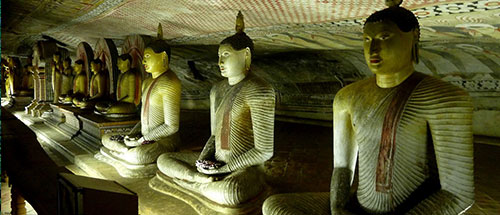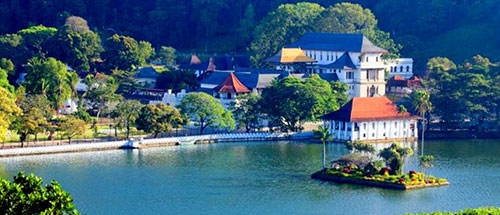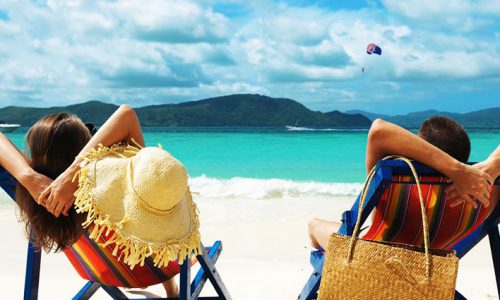SELECT
Ruzzini Palace Hotel

Beaches in Sri Lanka
With nearly 1600 km of palm fringed Coastline of picture perfection surrounding, Sri Lanka is the ideal destination for beach bums worldwide. The more popular beaches are in the southwest of Sri Lanka, though little crowded, offer two of the best snorkeling beaches, while other beaches in the deep South and east are waiting for you to revel in their remoteness, serenity and unspoilt beauty, and are ideal for a refreshing day in the sun The two monsoon winds providing rain to the two corners of the country at various periods, makes Sri Lanka’s beach holiday a year round prospect. The north east winds make the south western coast sunny and the sea calm from November to March. The South West winds make the East Coast waters quiet with the constant sun shine happily in agreement. May it be windsurfing, kayaking, yachting, water skiing, scuba diving or jut lazing around for the perfect tan, Sri Lanka beaches offers it all. Among the best of the Southern beaches include Tangalla, Beruwala, Mirissa, Bentota and Unawatuna with varying options including chic boutique hotels, glowing coral reefs, gentle sandbars and undiscovered corners of paradise. Although Sri Lanka’s southern beaches has been long discovered by the international traveller the east coast is yet to be fully discovered. The most known among the Eastern beaches is the Arugam Bay, the high church of surfing enthusiasts’ in the region. Once a mere rumour, Uppuveli beach is also open to the sun seekers after a three decade long civil war. On the Western corner of the country to the north of Colombo is the Negombo lagoon. Its beaches, an old favourite with local and foreign visitors and lagoon famed for lobster harvesting. Despite having a ring of sandy beaches surrounding the country, Galle Face Green, a half a kilometre stretch between Galle Road and Indian Ocean is the playground of the urban dwellers & foreigners alike.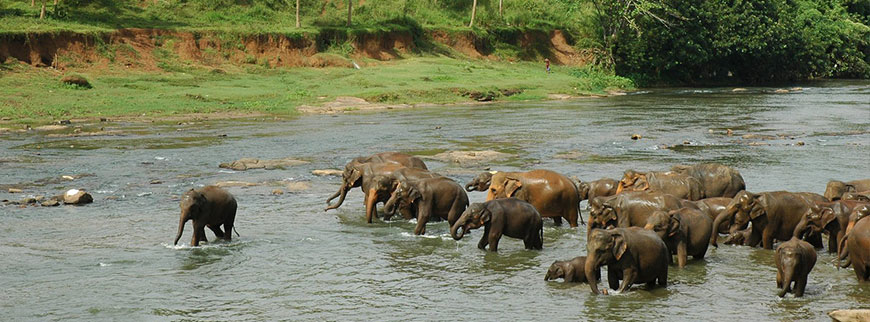
Wildlife
Sri Lanka is ranked amongst the twenty five biodiversity hot spots in the world. As a country with high rate of endemism it has many faunal groups including birds, mammals, reptiles and amphibians which you cannot find anywhere in the world. And therefore it is one of the finest wildlife watching countries in South Asia. The island may be small in size, but the diversity of habitats, and the wildlife found there, would do justice to a country many times its size. Even a visitor with only the most casual of interest can’t help but be overawed by the sight of great herds of elephants, enormous whales, elusive leopards, schools of dolphins, hundreds of colorful birds and reefs teeming with rainbow-colored fish. And therefore it is one of the finest wildlife watching countries in South Asia. The island may be small in size, but the diversity of habitats, and the wildlife found there, would do justice to a country many times its size. Even a visitor with only the most casual of interest can’t help but be overawed by the sight of great herds of elephants, enormous whales, elusive leopards, schools of dolphins, hundreds of colorful birds and reefs teeming with rainbow-colored fish. There are season for elephant gathering where large concentration of wild elephants together can be seen during that time at a place known as Minneriya in the north central province of the country. Primate safaris are arranged with cultural tours as it is possible to find wide range of primates in place surrounded by cultural heritages mainly in the dry zone. During the early part of the year (January-April), the largest animal ever lived in the world you may guess as ‘ blue whale’ can be seen in off shores of southern city Galle. Sinharaja, the tropical rainforest of the country is the place to glue one’s eyes on to the world’s largest mixed species of birds flocking together.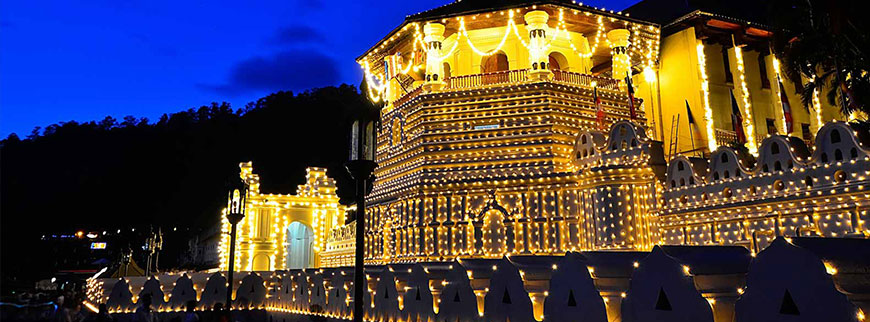
Hill Country
Though Sri Lanka is a tropical island with basic geographical features and tropical climate, the central hills of the country differs from the coastal area with a soothing cooler climate, misty mountain peaks, picturesque waterfalls, and luscious tea estates etc. The landscape here is a beguiling mixture of nature and nurture. In places the mountainous green hills rise to surprisingly rugged and dramatic peaks; in others, the slopes are covered in carefully manicured tea gardens whose neatly trimmed lines of bushes add a toy-like quality to the landscape, while the mist and clouds which frequently blanket the hills add a further layer of mystery. Sooth your body and soul in a dreamy atmosphere while enjoying the nature at its best with a touch of little adventure. Healing, peaceful and ultra-comfortable is the perfect description about a vacation tour in the hill country in Sri Lanka. The hill country has been shaped by two very different historical forces. The northern portion, around the historic city of Kandy, was home to Sri Lanka’s last independent kingdom, which survived two centuries of colonial incursions before finally falling to the British in 1815. The cultural legacy of this independent Sinhalese tradition lives on today in the city’s distinctive music, dance and architecture, encapsulated by the Temple of the Tooth, home to the island’s most revered Buddhist relic, and the exuberant Kandy Esala Perahera, one of Asia’s most spectacular festivals. In contrast, the character of the southern hill country is largely a product of the British colonial era, when tea was introduced to the island, an industry which continues to shape the economy and scenery of the region today. At the heart of the tea-growing uplands lies the town of Nuwara Eliya, which preserves a few quaint traces of its British colonial heritage and provides the best base for visiting the misty uplands of Horton Plains and World’s End. To the south, in Uva Province, a string of small towns and villages – Ella, Bandarawela and Haputale – offer marvelous views and walks through the hills and tea plantations.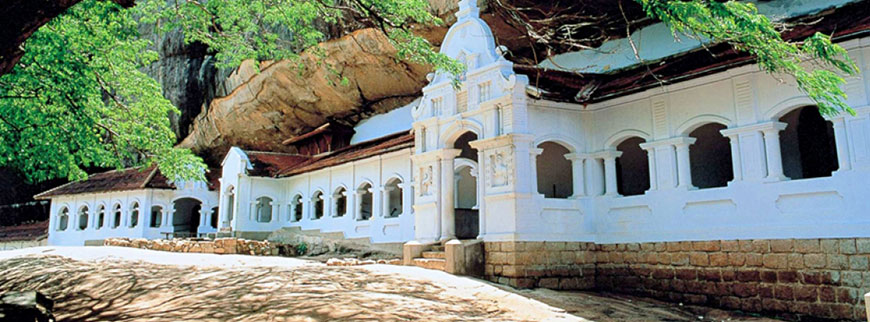
Heritage
With nearly 3000 years of history, Sri Lanka holds the footprints of some of world’s ancient cities including Anuradhapura, Polonnaruwa and Digamadulla. Remnants of these once glorious cities, their palaces, temples, monasteries, hospitals and theaters intricately carved and modeled out of stone lay abandoned amidst the soaring mountains. Of all the ancient sites the most famed and most exquisite is the Kingdom of Anuradhapura. Sri Lanka’s third and the longest serving capital and one of the oldest continuously inhabited cities in the world is also one of the most sacred cities of World Buddhists. It was the capital of Sri Lanka from the 4 Century BC up to the turn of the 11 Century and was one of the most stable and durable centers of political power and urban life in South Asia. However the city itself is much older than the Kingdom of Anuradhapura and according to archeological evidence could have originated as far as tenth century BC. Anuradhapura was abandoned due to the due to repeated South Indian Invasions and was eventually forgotten with time until it was rediscovered in the early 19th century. Polonnaruwa, the second most ancient kingdom of the country was first made the political center of the country in the 9th century BC. Irrigation systems that are far superior to those of the Anuradhapura Age were constructed in Polonnaruwa kingdom, and still provide irrigation water to the farmers in and around Polonnaruwa. Yet the kingdom’s glory was short-lived and a South Indian invasion pushed the political centre towards the centre of the country by the 11th century. Today the ancient city of Polonnaruwa remains one of the best planned archaeological relic sites in the country, a testimony to the discipline and greatness of the Kingdom's first rulers. Sigiriya is another most valuable historical monument of Sri Lanka. Named as the Eighth Wonder of the World, this ancient palace and the rock fortress has significant archaeological importance and attracts thousands of tourists every year. It is probably the most visited tourist destination of Sri Lanka.
SELECT
Hotel Colombina
Hotel Colombina San Francisco United States
 10% Discount
10% Discount
SELECT
Hilton Hotel


